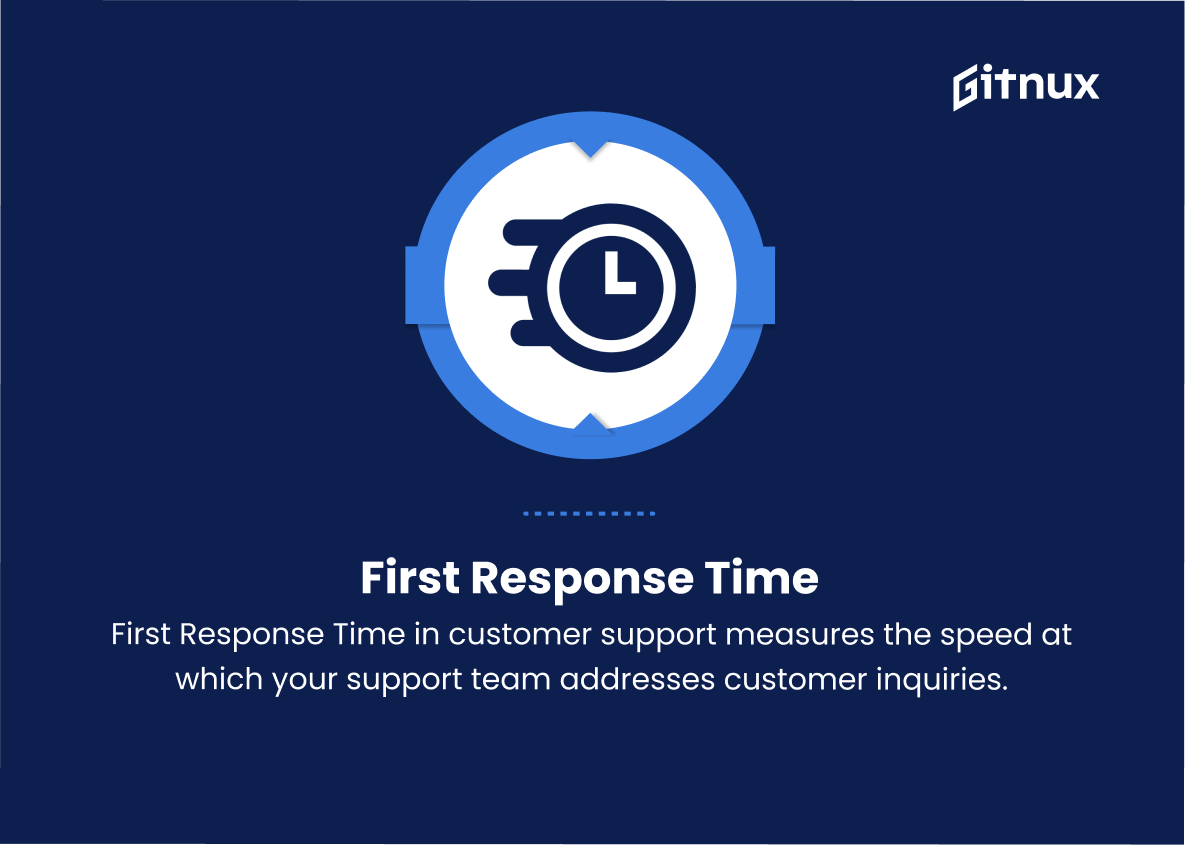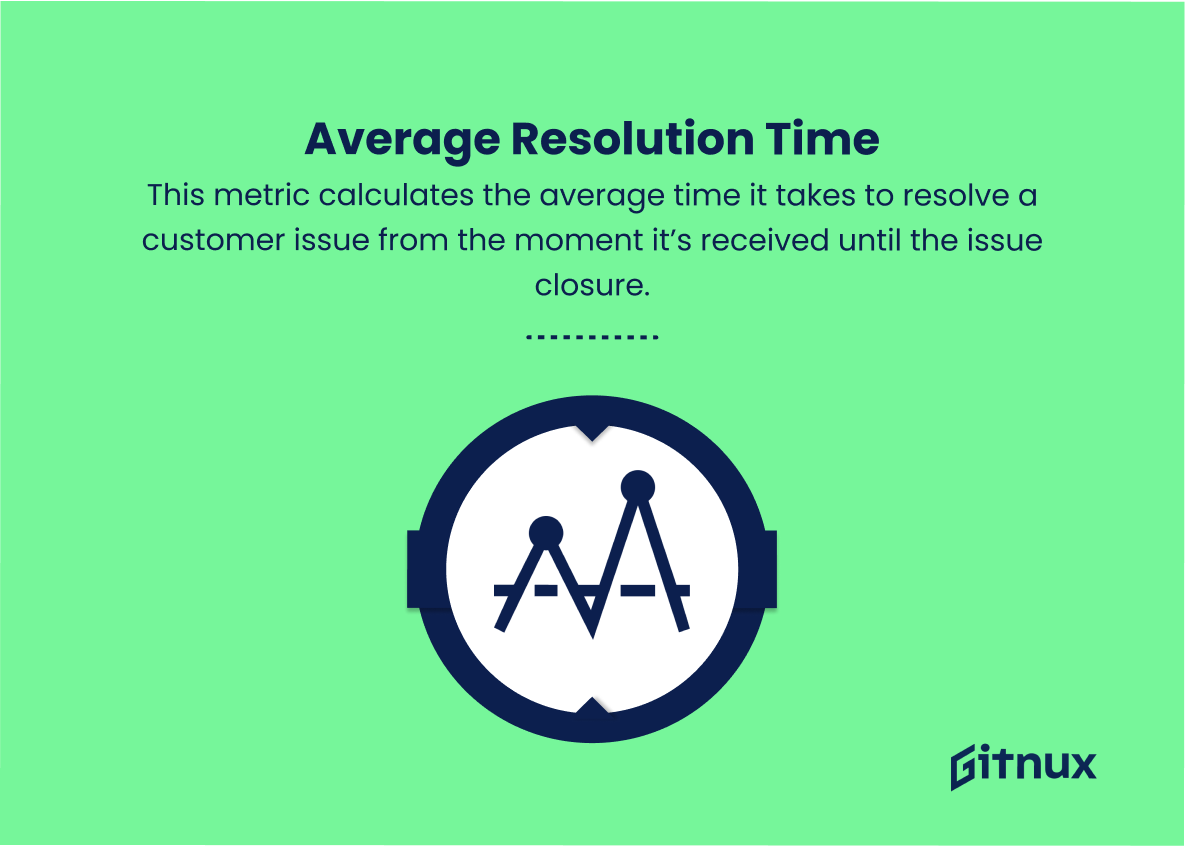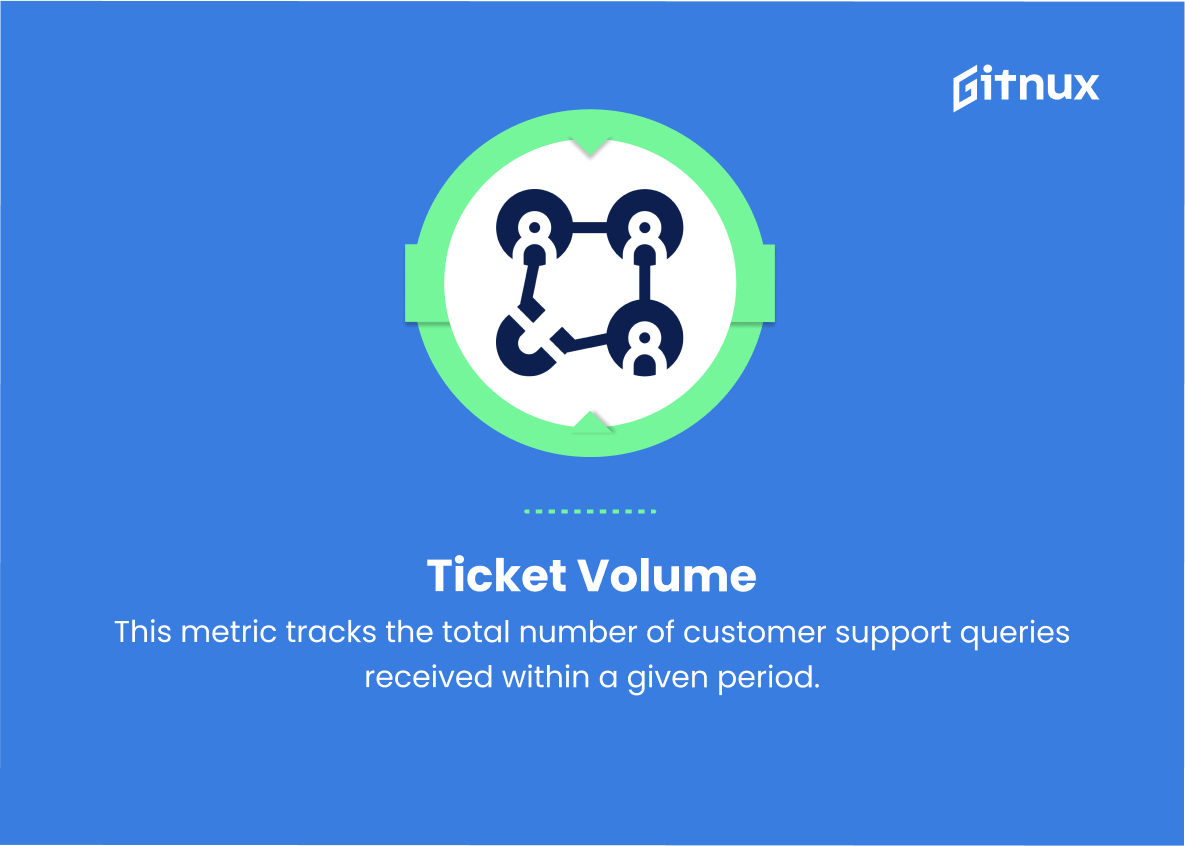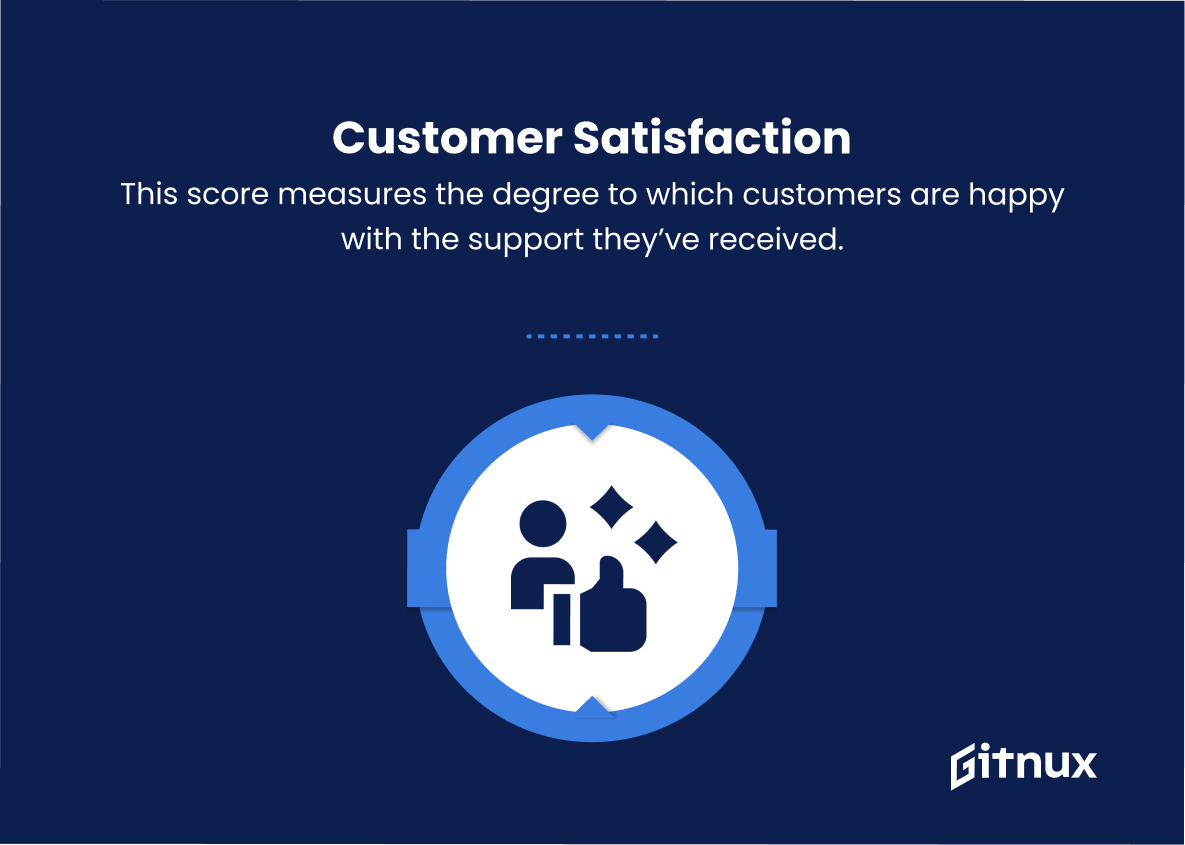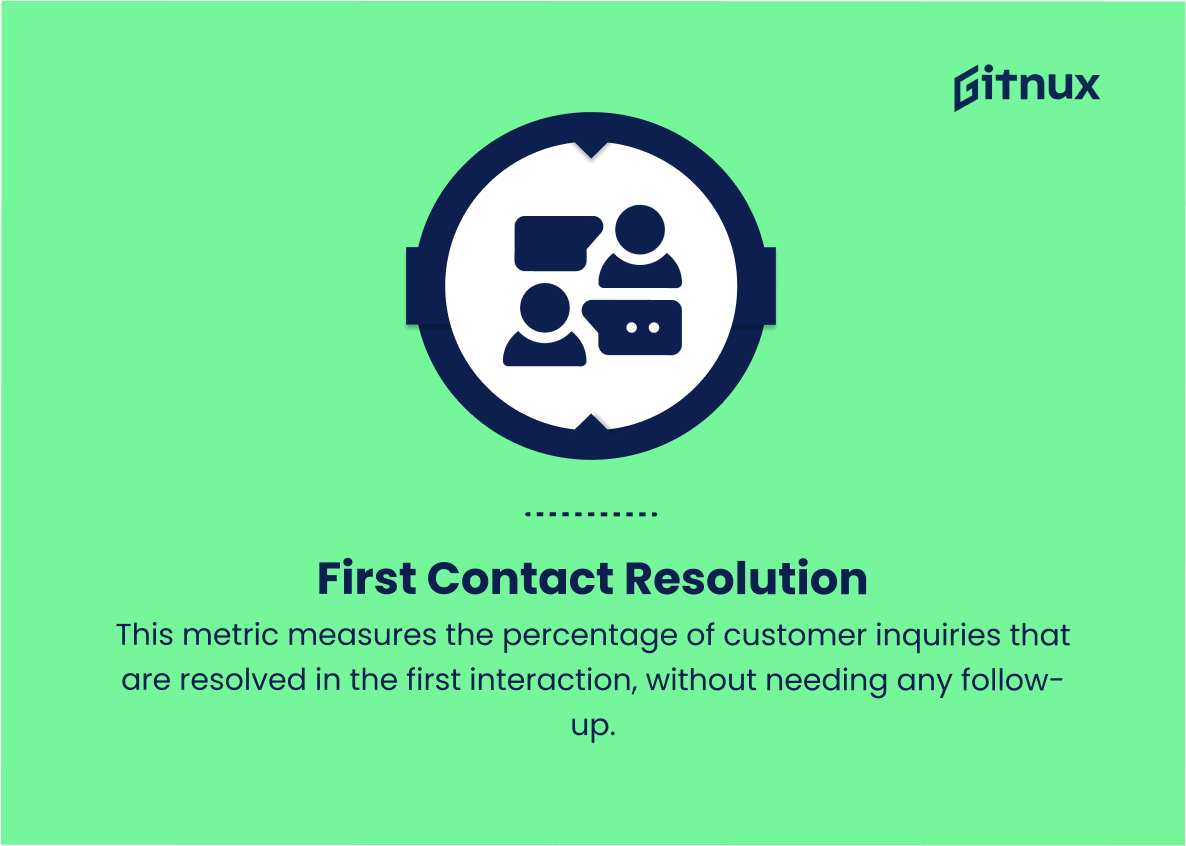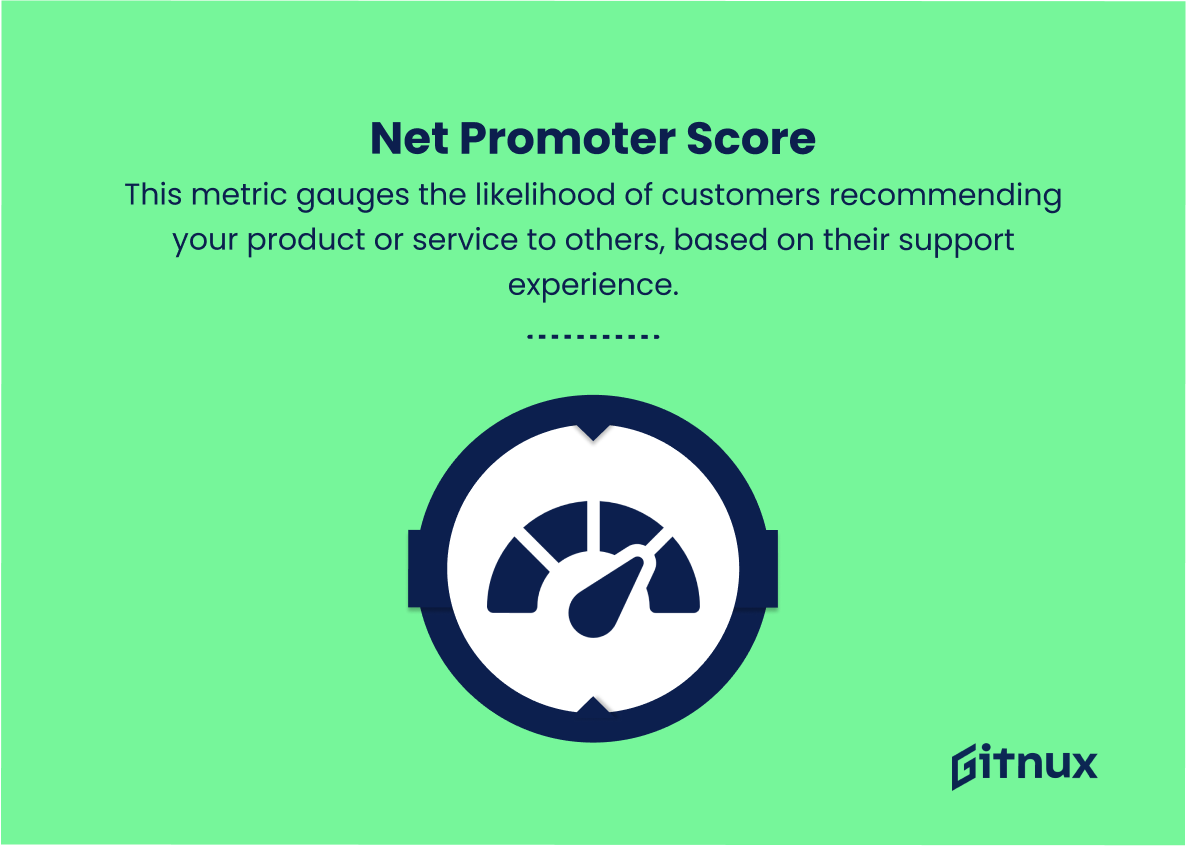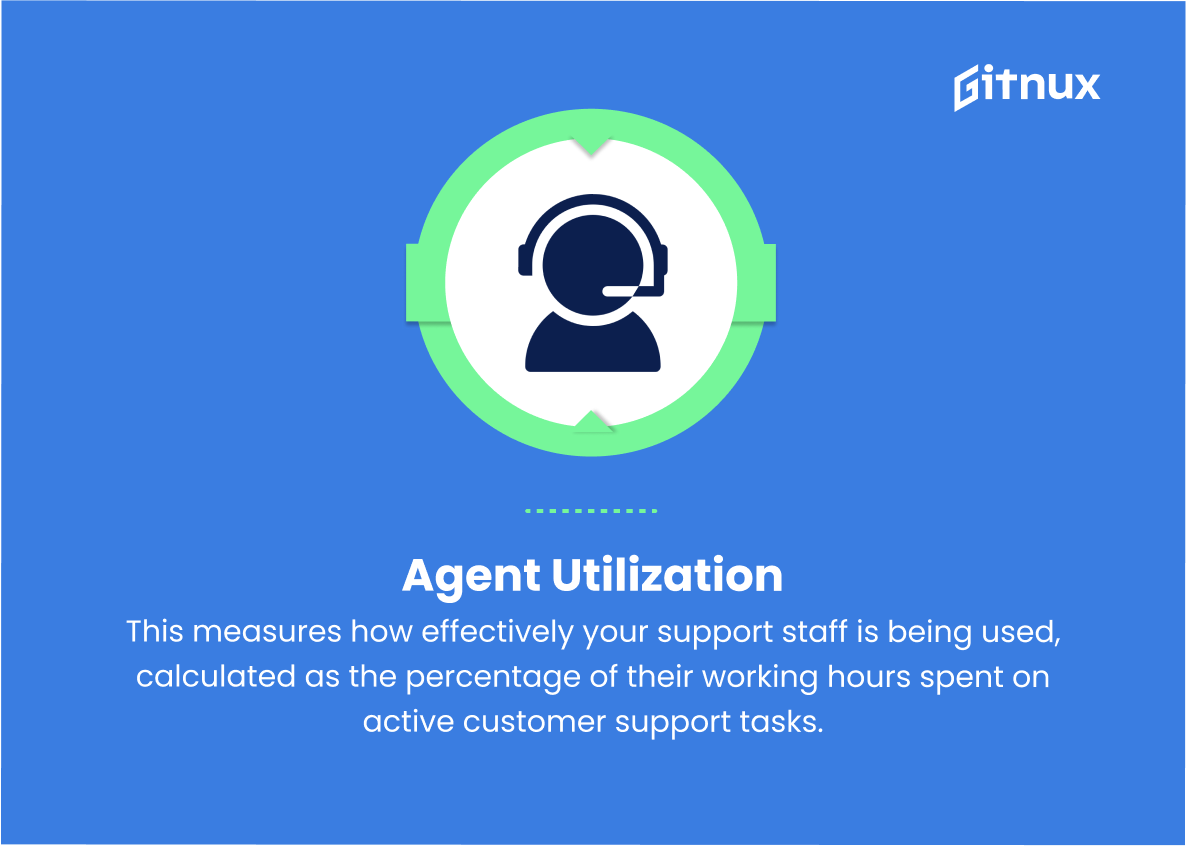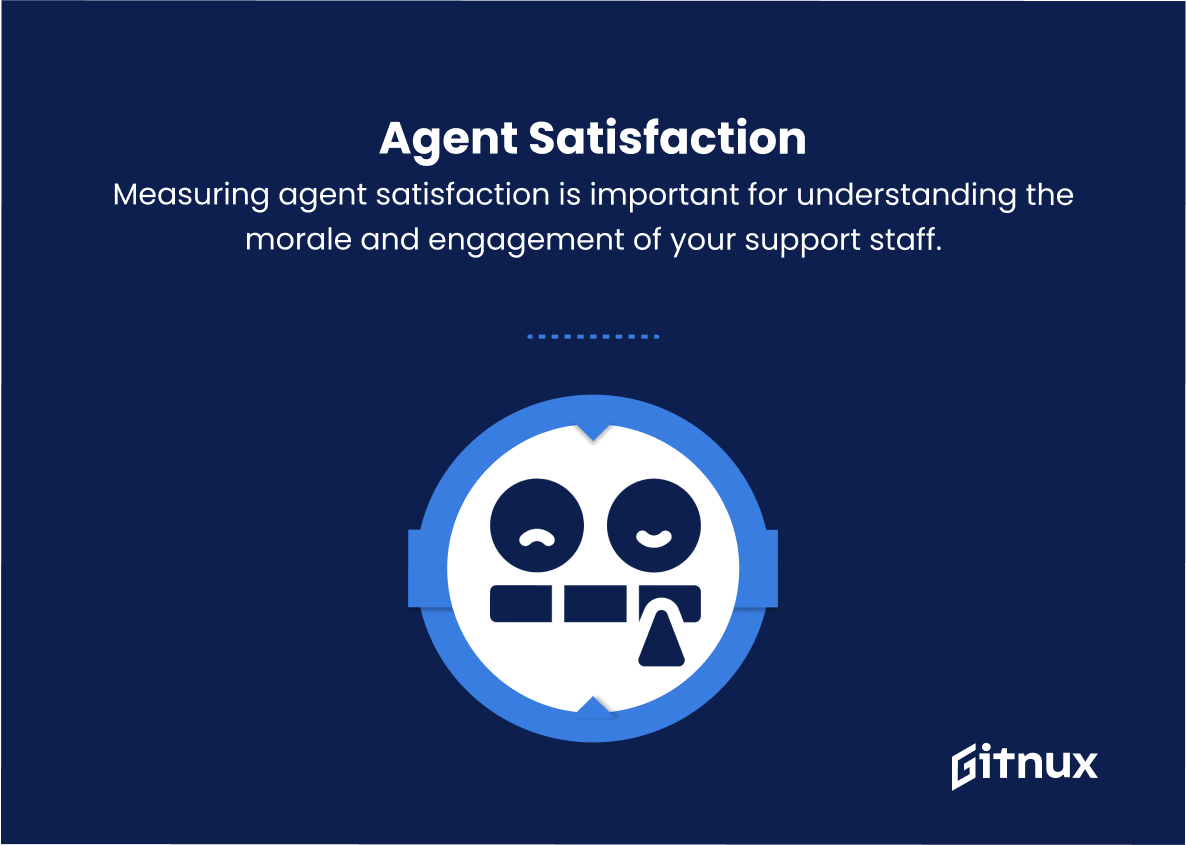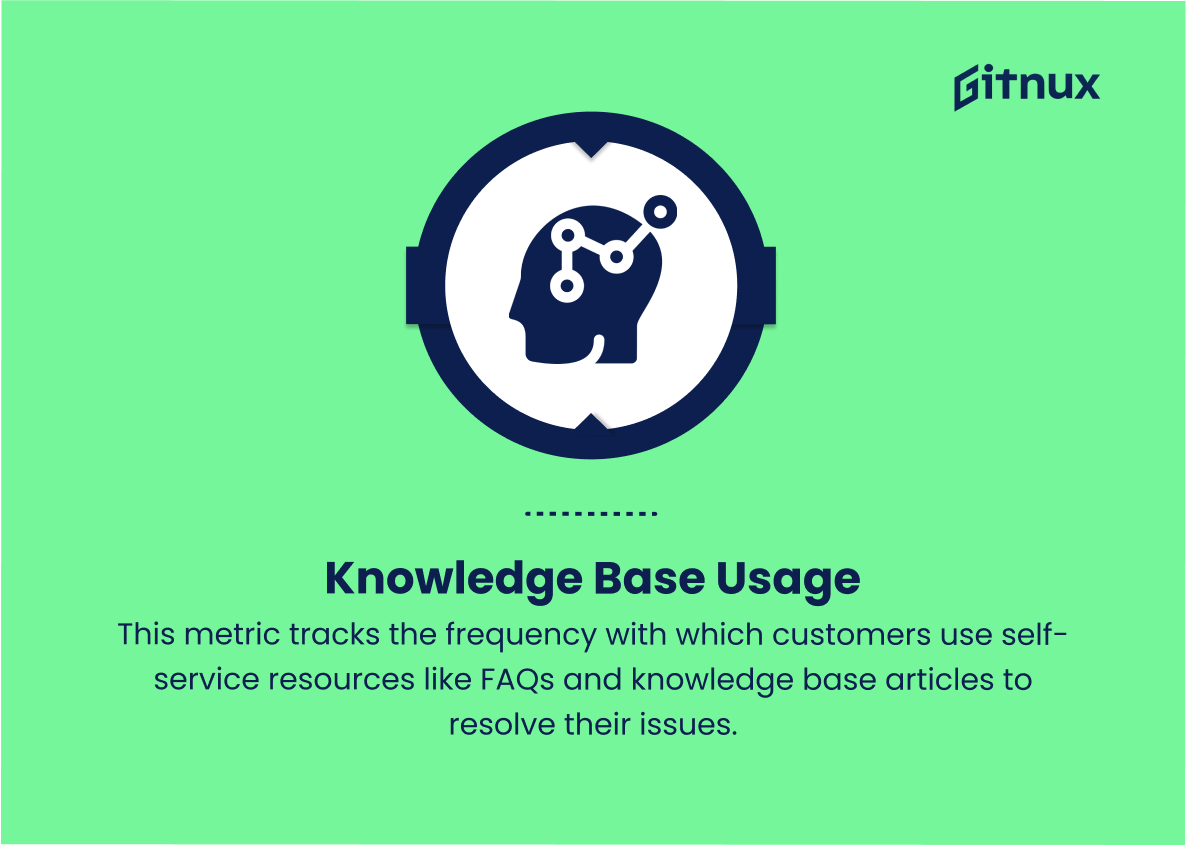In today’s highly competitive business landscape, exceptional customer support has become more crucial than ever. Businesses are no longer merely assessed on their products or services, but also on the quality of customer support they provide. This has led to an increased emphasis on understanding, measuring, and improving the customer support experience. Customer Support Metrics play a vital role in navigating this ecosystem by helping organizations quantify their customer support performance and identify areas requiring improvement.
In this blog post, we will delve into the significance of these metrics, explore the most critical ones your business should prioritize, and share proven strategies to optimize your customer support efforts for long-term success.
Customer Support Metrics You Should Know
1. First Response Time (FRT)
This measures the time taken for a customer support representative to provide an initial response to a customer inquiry. It indicates how quickly your support team addresses customer issues.
2. Average Resolution Time (ART)
This metric calculates the average time it takes to resolve a customer issue from the moment it’s received until the issue closure. It helps assess the efficiency of your customer support team.
3. Ticket Volume
This metric tracks the total number of customer support queries received within a given period. It helps determine the workload of the support team and identify trends or potential areas of improvement.
4. Customer Satisfaction (CSAT)
This score measures the degree to which customers are happy with the support they’ve received. It’s often collected through post-support surveys and helps gauge the effectiveness and quality of your customer support.
5. First Contact Resolution (FCR)
This metric measures the percentage of customer inquiries that are resolved in the first interaction, without needing any follow-up. A high FCR indicates effective problem-solving skills and clear communication from the support team.
6. Tickets Escalated
This refers to the number of tickets that require the involvement of higher support tiers, specialists, or management to resolve. It can reflect the complexity of issues encountered and the skills or training gaps among frontline support staff.
7. Churn Rate
Churn rate measures the percentage of customers who stop using your product or service within a given period. A high churn rate may indicate dissatisfaction with customer support or other aspects of your offerings.
8. Net Promoter Score (NPS)
This metric gauges the likelihood of customers recommending your product or service to others, based on their support experience. It’s an indicator of overall customer sentiment and potential for word-of-mouth referrals.
9. Agent Utilization
This measures how effectively your support staff is being used, calculated as the percentage of their working hours spent on active customer support tasks. High agent utilization indicates efficient use of resources.
10. Agent Satisfaction
Measuring agent satisfaction is important for understanding the morale and engagement of your support staff. Happy agents are more likely to provide better customer support and stay committed to their roles.
11. Knowledge Base Usage
This metric tracks the frequency with which customers use self-service resources like FAQs and knowledge base articles to resolve their issues. High usage can be an indicator of effective self-help tools and may reduce the demand for direct support.
12. Interaction Quality
This metric assesses the quality of customer-agent interactions, considering factors like accuracy of information, tone, and empathy demonstrated by the agent. High interaction quality can contribute to customer satisfaction and loyalty.
13. Support Cost per Ticket
This measures the cost of resolving a single customer support ticket, taking into account factors like agent salary, overhead expenses, and additional tools or software. It helps assess the efficiency and cost-effectiveness of your customer support operations.
Customer Support Metrics Explained
Customer Support Metrics are crucial for assessing the overall effectiveness and efficiency of a customer support team. Metrics such as First Response Time (FRT), Average Resolution Time (ART), Ticket Volume, and First Contact Resolution (FCR) help measure the responsiveness, workload, and problem-solving capabilities of the support staff. Meanwhile, Customer Satisfaction (CSAT), Churn Rate, Net Promoter Score (NPS), Interaction Quality, and Knowledge Base Usage provide insights into how well the support experience meets customers’ expectations and addresses their needs.
Additionally, metrics like Tickets Escalated, Agent Utilization, Agent Satisfaction, and Support Cost per Ticket help identify potential training gaps, efficiency of resource usage, staff morale, and the overall cost-effectiveness of the customer support operations. Together, these metrics paint a comprehensive picture of the performance and impact of your customer support team, allowing for data-driven decision-making and continuous improvement.
Conclusion
In conclusion, customer support metrics are crucial for gauging the effectiveness of a company’s customer service efforts. By monitoring key performance indicators such as First Response Time, Customer Satisfaction Score, Average Resolution Time, and Ticket Volume, businesses can make data-driven decisions to optimize their customer support strategies. Regularly reviewing these metrics can help identify trends and facilitate continuous improvement, ultimately leading to better customer experiences, increased customer loyalty, and a stronger competitive advantage within the market.
